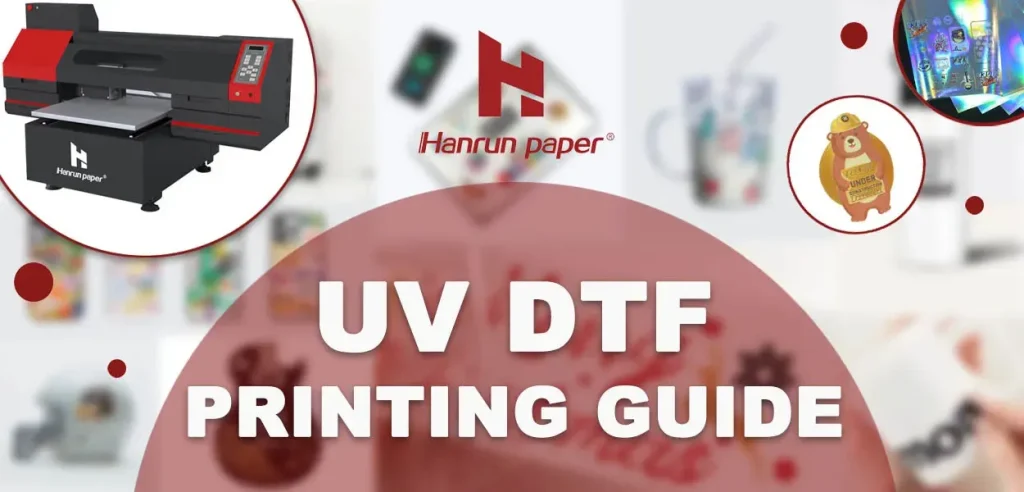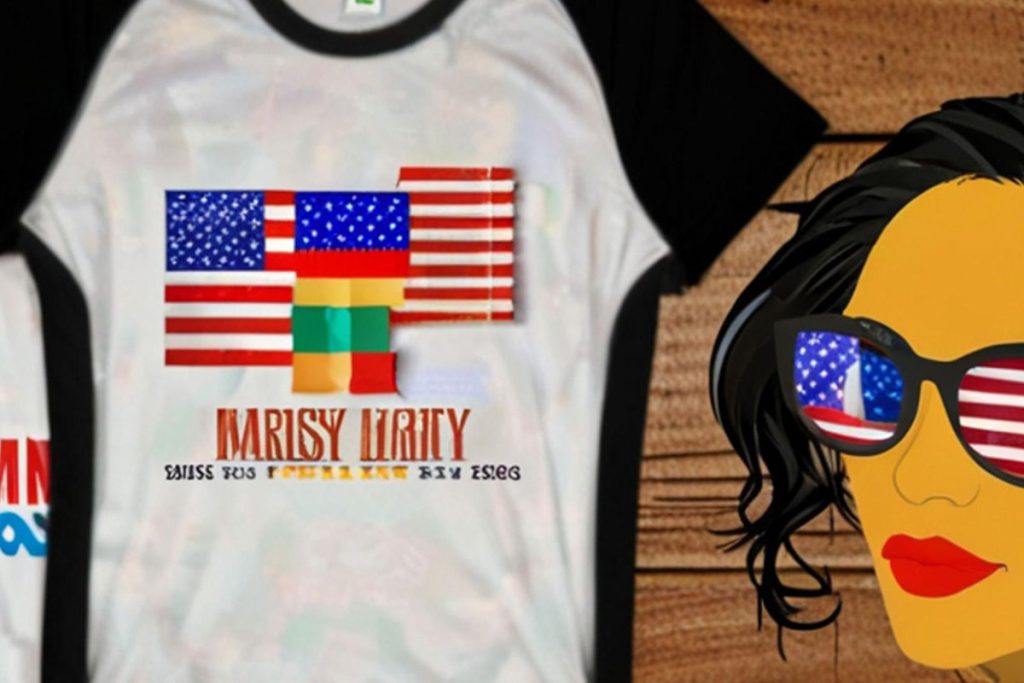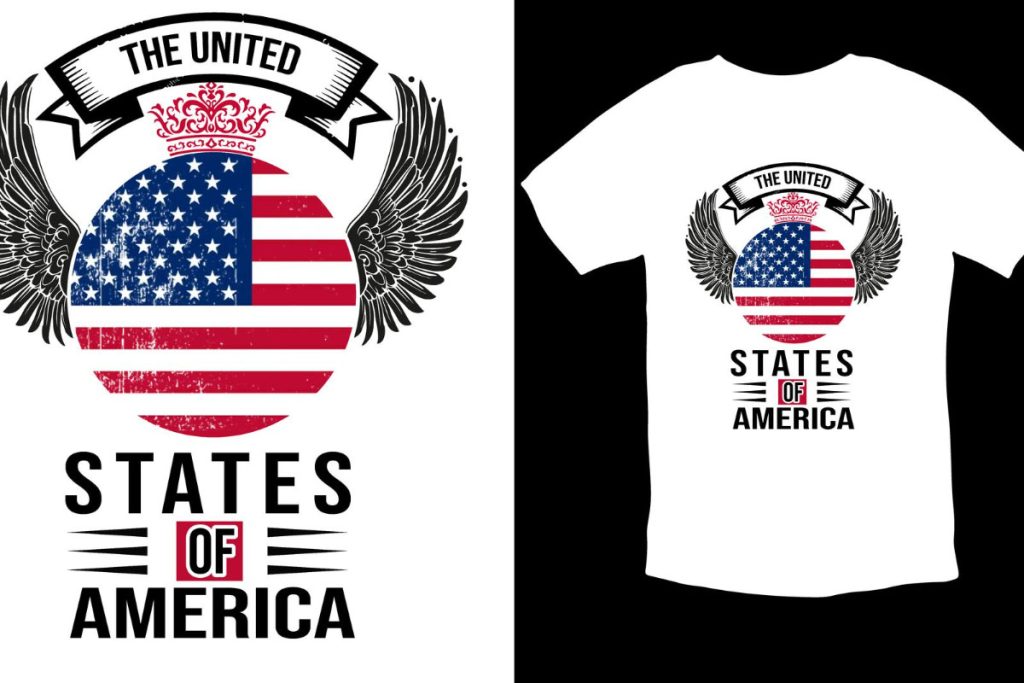When it comes to mastering UV DTF printing best practices, it’s essential to understand the underlying principles of UV Direct-to-Film (UV DTF) technology. This advanced printing method utilizes ultraviolet light to cure ink on various flexible films, allowing for vibrant, high-quality prints that adhere beautifully to a range of surfaces. Proper surface preparation for printing, careful selection of UV DTF equipment, and maintaining high UV ink quality are critical to achieving professional results. Furthermore, printer maintenance for DTF plays a vital role in ensuring consistent output and durability of your printed materials. By adhering to these best practices, you can elevate your printing projects to new heights of excellence and efficiency.
In the realm of advanced printing techniques, UV Direct-to-Film (UV DTF) offers a fresh perspective on producing dynamic visuals on diverse substrates. This innovative method, which employs ultraviolet curing, streamlines the printing process while enhancing the durability and vibrancy of colors. Utilizing effective preparation techniques and superior equipment is key for ensuring optimal adhesion and longevity of prints. Furthermore, understanding the nuances of UV ink quality and printer upkeep can significantly influence output quality and operational efficiency. As you delve into this modern printing approach, familiarizing yourself with its distinctive features and best practices will pave the way for impressive results.
Best Practices for UV DTF Printing
Following best practices for UV DTF printing is crucial to achieving high-quality results. Ensuring that the equipment is well-maintained and that the ink quality is consistently high can make a noticeable difference in the final product. Regular calibration of printers and conducting routine maintenance, such as cleaning print heads, can prevent common printing issues, ensuring a smoother process and richer color output. Moreover, using UV inks that are tailored for DTF applications is essential as they properly cure under UV light to provide vibrant visuals that resist fading over time.
Another key best practice is setting up the workspace for optimal printing conditions. Maintaining the right temperature and humidity levels can significantly enhance ink adhesion and curing. Aim to keep your environment between 20-25°C (68-77°F) with humidity levels between 40-60%. Additionally, properly preparing the surface of the substrates can help achieve excellent adhesion, ensuring that the printed designs last longer and maintain their quality over time. The synergy of well-maintained equipment, high-quality materials, and optimal environmental conditions ensures the greatest success with UV DTF printing.
Importance of Surface Preparation for Quality Prints
Surface preparation plays an integral role in the UV DTF printing process, as it directly influences the ink’s adhesion and the longevity of the prints. To begin with, the substrate should be free from any dust, grease, or contaminants that may interfere with adhesion. A clean surface aids the ink in adhering efficiently, which is essential for achieving a high-quality finish that can withstand everyday wear and tear, especially on items like apparel and signage. For non-porous materials, using a primer or specific pre-treatment can greatly enhance surface characteristics and improve ink adherence.
Moreover, achieving a smooth surface is vital for optimal printing outcomes. Any imperfections or irregularities can lead to inconsistent ink application, resulting in a subpar finish. Sanding down rough spots and preparing surfaces correctly can make a marked difference in the final quality of prints. When working with various materials available for UV DTF printing, pairing the right preparation methods with specific substrates can lead to stunning, vibrant outputs that truly showcase the capabilities of UV DTF technology.
The Role of Temperature and Humidity in Printing
Temperature and humidity are often overlooked factors in the UV DTF printing process, yet they significantly impact the quality of the final print. An ideal printing environment, maintained at a temperature of 20-25°C (68-77°F) and humidity levels between 40-60%, helps ensure optimal curing of UV inks. When temperatures are too high, there is a risk that the inks will dry too quickly before curing, leading to incomplete adhesion and compromised durability. Conversely, excessively low humidity can create conditions that cause the inks not to cure properly, ultimately affecting the print’s vibrancy and longevity.
Understanding how to control these environmental factors can lead to more consistent and professional results. Users should consider monitoring conditions regularly, possibly investing in hygrometers to track humidity and room thermometers for temperature checks. Making necessary adjustments, such as using air conditioning or dehumidifiers, can create a more favorable printing environment. Consistent management of temperature and humidity not only improves the quality of prints but also prolongs the lifespan of the printer and UV DTF equipment, leading to better overall performance.
Choosing Quality UV Inks and Films for Superior Results
The selection of high-quality UV inks and films is paramount when it comes to achieving impressive print results with UV DTF technology. High-quality inks are specifically formulated for DTF applications and are designed to cure effectively under UV lights, providing rich colors and excellent durability. Investing in superior UV inks helps not just with the vibrancy of the prints but also enhances the resilience of the images against fading, scratching, and other forms of damage over time, ensuring that the prints maintain their quality for longer periods.
In addition to inks, the choice of film is just as critical. It’s essential to opt for films treated for UV applications, ensuring they are compatible with the inks and substrates for better adhesion and finish. Experimenting with different brands may be necessary to determine which options yield the best results for specific projects. Building a stock of reliable materials allows users to consistently produce high-quality prints and expand their creative possibilities, ultimately leading to more satisfied customers and increased profitability.
The Importance of Printer Maintenance
Regular printer maintenance is vital to the performance and durability of UV DTF printers. For consistent quality, users should establish a regular cleaning routine for print heads, as clogged nozzles can lead to poor print quality and color inaccuracies. Additionally, performing periodic calibrations of the printer ensures that color settings remain accurate and aligned, thus preventing the occurrence of inconsistencies in prints. Adhering to these practices not only prolongs the printer’s lifespan but also maximizes the potential for achieving high-quality outputs.
In conjunction, following manufacturer guidelines for maintenance can guide users in implementing the correct procedures and timelines for upkeep. Neglecting maintenance can exacerbate issues over time, leading to costly repairs or replacements. Scheduling regular maintenance checks and keeping the printer clean are essential for maintaining optimal performance. A well-cared-for printer delivers greater reliability and consistent quality, which translates to improved results in UV DTF printing.
Exploring Diverse Substrates with UV DTF Printing
One of the most compelling advantages of UV DTF printing is its capability to print on a diverse range of substrates. This versatility allows for creative expression and innovation in design, enabling users to explore unconventional materials such as fabrics, textured surfaces, and even rigid substrates. Experimenting with different substrates can yield unique visual effects and enhance the overall aesthetic of printed products, whether for promotional items or custom applications. From textured wallpapers to specialized fabrics, the possibilities are boundless.
Additionally, using embossed films or different finish types can elevate the final product, providing depth and richness to visuals and enhancing the tactile experience for the end-user. Each substrate type presents its own opportunities and challenges, so experimenting is key to finding the ideal combination that showcases the quality of UV DTF technology. Embracing the versatility of substrates not only expands the service offerings within the printing industry but also caters to unique client requests and differentiates a business in a competitive market.
Frequently Asked Questions
What are the best practices for UV DTF printing to ensure high-quality results?
To achieve high-quality results in UV DTF printing, focus on optimal surface preparation, using the right UV ink quality, and maintaining your UV DTF equipment meticulously. Clean surfaces thoroughly to remove contaminants, use pre-treatments for non-porous materials, and regularly calibrate and clean your printer to ensure vibrant and durable prints.
How important is surface preparation for UV DTF printing?
Surface preparation is critical in UV DTF printing as it significantly affects ink adhesion and print quality. Thoroughly clean the surfaces, consider pre-treatments, and ensure they are smooth to create a substrate that enhances the overall outcome of your prints.
What types of UV ink quality should I consider for effective UV DTF printing?
When selecting UV ink for DTF printing, choose high-quality formulations specifically designed for this technology. These inks should offer excellent curing properties and compatibility with both the film and substrate, ensuring vibrant colors and durability in your printed products.
What maintenance practices are essential for UV DTF equipment?
Regular maintenance for UV DTF equipment includes calibrating printers frequently, implementing a thorough cleaning process for print heads, and following the manufacturer’s maintenance guidelines closely. These practices help preserve print quality and extend the lifespan of the equipment.
How can temperature and humidity control affect UV DTF printing outcomes?
Temperature and humidity control is vital for UV DTF printing as it influences ink adhesion and curing. Maintaining an ideal environment of 20-25°C (68-77°F) with 40-60% humidity will help prevent issues like poor adhesion or incomplete ink curing, ensuring consistent quality in your prints.
What advantages does UV DTF technology offer compared to traditional printing methods?
UV DTF technology provides several advantages over traditional printing methods, including the ability to print on diverse substrates, vibrant color reproduction, and enhanced durability due to UV curing. It allows for intricate designs that are waterproof and scratch-resistant, making it ideal for various applications.
| Key Considerations | Details |
|---|---|
| Understanding UV DTF Technology | UV DTF printing uses ultraviolet light to cure ink, enabling vibrant, durable prints on various materials. |
| Optimal Surface Preparation | Thorough cleaning, considering pre-treatment for non-porous substrates, and ensuring a smooth finish are essential for ink adhesion. |
| Temperature and Humidity Control | Maintain workspace conditions between 20-25°C and 40-60% humidity for optimal printing outcomes. |
| Ink and Film Quality | Use high-quality UV inks and treated films specifically designed for DTF applications to ensure compatibility and quality. |
| Printer Calibration and Maintenance | Regular calibration and cleaning of printer components are key to achieving consistent print quality. |
| Experimenting with Different Materials | Exploring various substrates can yield unique textures and effects in printed designs, enhancing creativity. |
| Staying Updated with Technology and Techniques | Follow industry news and participate in workshops to keep up with the latest advancements in UV DTF technology. |
| Adhering to Safety Standards | Wear protective gear and ensure proper ventilation to safeguard against fumes and UV exposure during printing. |
Summary
UV DTF Printing Best Practices are essential for achieving superior results in your printing projects. By mastering the fundamentals of UV DTF technology, maintaining optimal conditions, and investing in quality materials, you can significantly enhance the quality and durability of your printed products. Moreover, prioritizing safety and keeping abreast of industry developments will not only elevate your skills but also ensure that you harness the full potential of this innovative printing technique. By implementing these best practices, you can continually push the boundaries of creativity in your projects.



